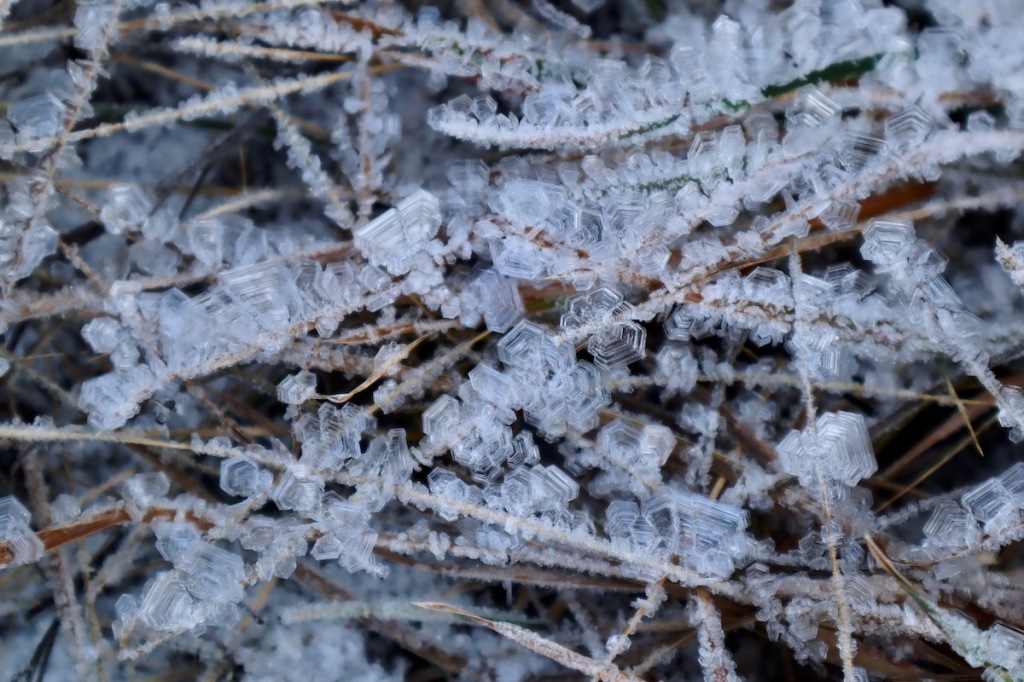You are currently browsing the tag archive for the ‘deer creeks’ tag.



I tagged this post Absaroka-Beartooth. It’s not, though. The Deer Creeks are pasted on the north edge of the wilderness, outside of the boundary, with no roads dividing the two, just a lot of motorized trails. We spent three days looping its perimeter on foot and didn’t see anyone. Geologically the Deer Creeks are on their own, too: they comprise an isolated volcanic field oriented around an ancient stratovolcano called Slide Rock, active 78 million years ago. That time is also known as the late Cretaceous– the Campanian age– when worldwide shorelines were flooded by rising oceans. The great K-Pg extinction, which would put an end to the dinosaurs, was just 12 million years away. I once had a coworker who grew up in one of the lower canyons. He told me a different story of rising shorelines: a religious group predicted an eminent apocalypse that would flood the world to 3,700′ or so: exactly the elevation of nearby Reed Point, Montana. They bought land in West Bridger Creek, to be near this major-port-city-of-the-near-future (population today: 247) and began building a commune that didn’t make it past the concrete foundation stage; now it’s a ruin that adheres to a wall of volcanic rubble that we pass while approaching one of the trailheads. The group also left pallets of canned tuna, which my coworker carried home, one backpack-full at a time, to use as cat food. (I guess I tell this story to my wife every time we’re in the area. Maybe I’ll remember to stop, now.) 12 million years is a very long time, of course, too; the fossil record shows an “explosion” of dinosaur genera during the Campanian, and that includes, for example, the first appearance of the maiasaura, whose fossils went on to become an official symbol of the state of Montana. We did not see an explosion of wildlife on our walk– I don’t know that Jen and I saw a single four-legged animal in three days, but the flowers made up for it. The Deer Creek area is dissected into deep, steep canyons with no resemblance to the volcanic topography by which it formed. In yet another anomaly, this is the only mountainous place in the Greater Yellowstone with native ponderosa pine forest. Unfortunately, a whopping 180,000 acres of this unique landscape burned in the Derby Fire of 2007.











